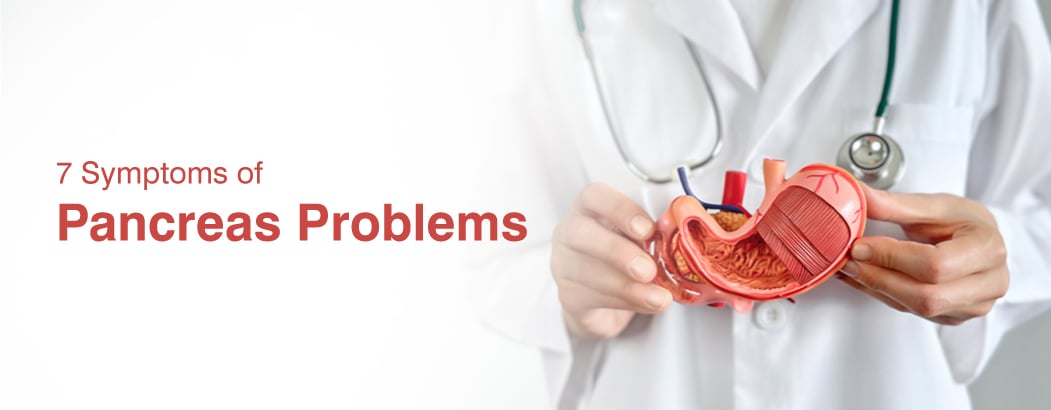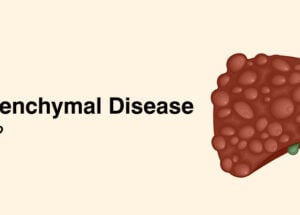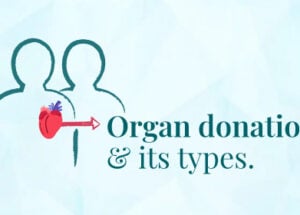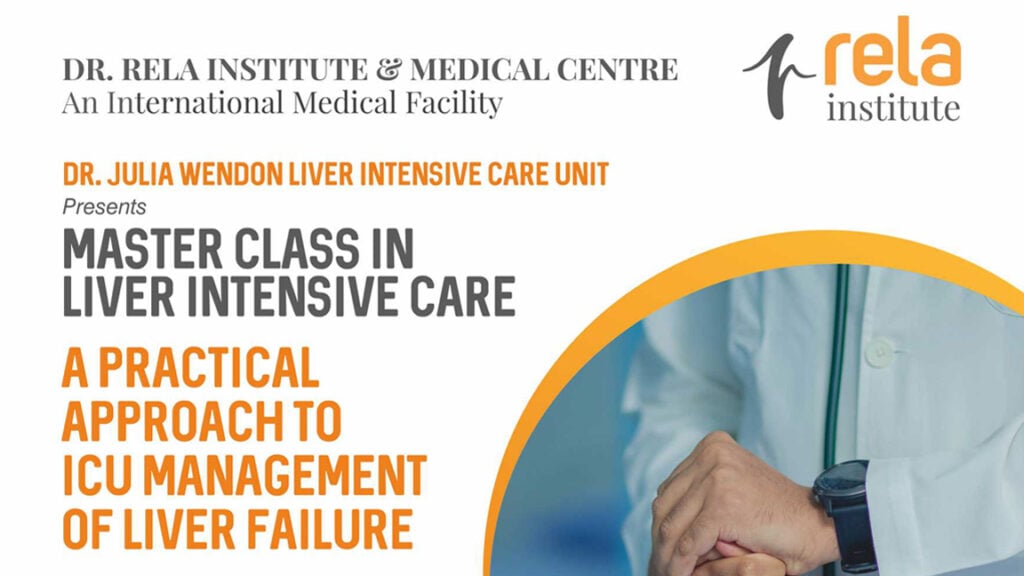What is Ascites?
Ascites refers to the accumulation of fluid within the peritoneal cavity, which is the space between the abdominal organs and the abdominal wall. The fluid buildup occurs as a result of underlying medical conditions and disrupts the normal functioning of the body.
Risk Factors for Ascites
Several factors can increase the risk of developing ascites, including:
- Liver cirrhosis or liver disease
- Chronic hepatitis B or C infection
- Alcohol abuse
- Heart failure
- Kidney disease
- Certain types of cancer, such as ovarian, liver, or pancreatic cancer
- Malnutrition
- Blood clots in the veins of the liver
- Peritoneal tuberculosis
How common is ascites?
Ascites is a relatively common complication of liver cirrhosis, affecting approximately 50% of patients with advanced liver disease. It can also occur due to other conditions mentioned earlier, but its prevalence varies depending on the underlying cause.
Causes of Ascites
The most common cause of ascites is liver cirrhosis, which results from chronic liver damage. Cirrhosis can be caused by excessive alcohol consumption, hepatitis infections, non-alcoholic fatty liver disease (NAFLD), or autoimmune liver diseases. Other factors, such as heart failure, kidney disease, and certain cancers can also cause ascites.
Symptoms of Ascites
- Abdominal bloating and distension
- Rapid weight gain
- Swelling in the legs and ankles
- Shortness of breath
- Fatigue and weakness
- Nausea and reduced appetite
- Frequent urination
- Indigestion and discomfort
Diagnosis of Ascites
A healthcare professional will perform a physical examination to diagnose ascites, looking for signs of abdominal swelling and fluid retention. They may also conduct the following tests:
- Ultrasound or CT scan to visualise the abdominal cavity and determine the amount of fluid present.
- Blood tests to assess liver and kidney function, as well as other potential underlying causes.
- Paracentesis is a procedure in which a fluid sample is removed from the abdomen using a needle for further analysis.
Treatment Options for Ascites
The primary goals of ascites treatment are to manage the underlying cause and alleviate symptoms. The treatment options include:
- Dietary changes: Restricting salt intake can help reduce fluid retention..
- Paracentesis: Draining large amounts of fluid from the abdomen can provide immediate relief.
- Transjugular intrahepatic portosystemic shunt (TIPS): In severe cases, a shunt can be placed to redirect blood flow and reduce pressure in the liver.
- Liver transplantation may be considered for individuals with end-stage liver disease.
Can ascites be cured?
The cure for ascites depends on successfully treating the underlying cause, such as liver cirrhosis or heart failure. If the underlying condition is manageable or reversible, the ascites may resolve. However, ascites may recur despite treatment in cases of advanced liver disease.
Complications of Ascites
If left untreated, ascites can lead to complications such as:
- Spontaneous bacterial peritonitis (SBP): Bacterial infection in the ascitic fluid.
- Hepatorenal syndrome: Kidney failure due to severe liver disease.
- Umbilical or inguinal hernias: Weakening of the abdominal wall leading to organ protrusion.
- Hepatic encephalopathy: Brain dysfunction resulting from liver failure.
- Malnutrition: Ascites can disrupt nutrient absorption and lead to weight loss.
Who and When to Consult
If you experience persistent abdominal swelling, weight gain, or any other ascites-related symptoms, it is essential to consult a gastroenterologist. promptly. Regular monitoring is crucial if you have a known underlying condition like liver disease or heart failure to detect ascites early and manage it effectively.
How can I control ascites?
- Monitor your weight: Weigh yourself daily and contact your healthcare provider if you notice a sudden weight gain of more than 10 pounds or a consistent weight gain of more than two pounds per day for three consecutive days. Regular weight checks can help detect fluid retention early.
- Limit alcohol consumption: It is advisable to avoid alcohol completely or limit its intake. Alcohol can worsen liver damage and contribute to fluid accumulation in the abdomen.
- Adopt a low-sodium diet: Stick to a low-salt diet, typically restricted to 2,000 to 4,000 milligrams of sodium daily. Excess sodium can contribute to fluid retention, so limiting your intake of processed foods, canned goods, and high-sodium condiments is essential. Instead, opt for fresh fruits, vegetables, lean proteins, and foods with low sodium content.
Summary
Ascites is a condition characterised by abnormal fluid accumulation in the abdominal cavity. It can occur due to various underlying causes, most commonly liver cirrhosis. Prompt diagnosis and treatment are essential to alleviate symptoms, manage the underlying condition, and prevent complications. If you suspect ascites or have any concerning symptoms, consult a healthcare professional for a comprehensive evaluation and appropriate management.
People also ask
What is the main cause of ascites?
The main cause of ascites is liver cirrhosis, which accounts for the majority of cases. Liver cirrhosis is a late-stage liver disease that occurs due to chronic liver damage, often caused by excessive alcohol consumption, hepatitis infections (such as hepatitis B or C), non-alcoholic fatty liver disease (NAFLD), or autoimmune liver diseases. Other causes of ascites include heart failure, kidney disease, certain cancers, and peritoneal tuberculosis.
What are the 4 signs of ascites?
Four common signs of ascites include:
- Abdominal swelling and distension: The abdomen appears bloated and enlarged due to fluid accumulation.
- Rapid weight gain: The weight may increase significantly over a short period due to fluid retention.
- Swelling in the legs and ankles: Excess fluid can cause swelling in the lower extremities, particularly in the legs and ankles.
- Shortness of breath: Ascites can exert pressure on the diaphragm and lungs, leading to difficulty in breathing.
Are ascites life-threatening?
Yes, ascites can be life-threatening, especially if left untreated or if it progresses to severe stages. Ascites itself may not directly cause death, but it can be indicative of advanced liver disease or other serious underlying conditions. In addition, complications associated with ascites, such as spontaneous bacterial peritonitis (SBP), hepatorenal syndrome, and hepatic encephalopathy, can be life-threatening if not promptly addressed.
What is the main treatment of ascites?
The main treatment of ascites aims to manage the underlying cause and alleviate symptoms. The treatment options for ascites include:
- Dietary changes: Restricting salt intake is crucial to reduce fluid retention.
- Paracentesis: This procedure involves draining large amounts of fluid from the abdomen using a needle and syringe, providing immediate relief.
- Transjugular intrahepatic portosystemic shunt (TIPS): In severe cases, a shunt may be placed to redirect blood flow and reduce pressure in the liver.
- Liver transplantation: For individuals with end-stage liver disease, liver transplantation may be considered as a definitive treatment option.
The specific treatment approach will depend on the underlying cause of ascites and the individual’s overall health condition. Therefore, consulting with a healthcare professional for an accurate diagnosis and appropriate management plan is important.



















